Other news
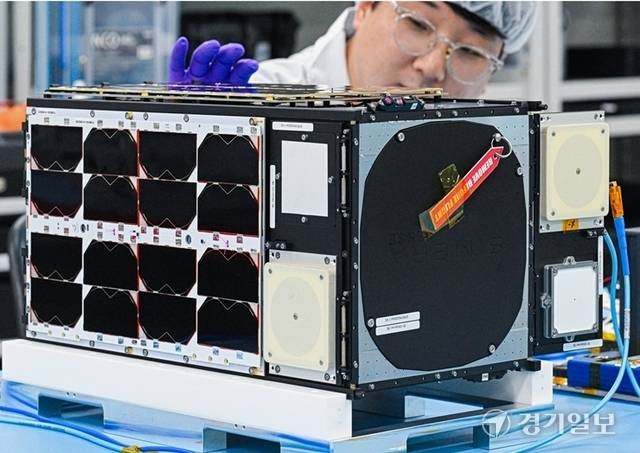
Case Study - GYEONGGISat-1: Enabling Climate Intelligence From Space
Read more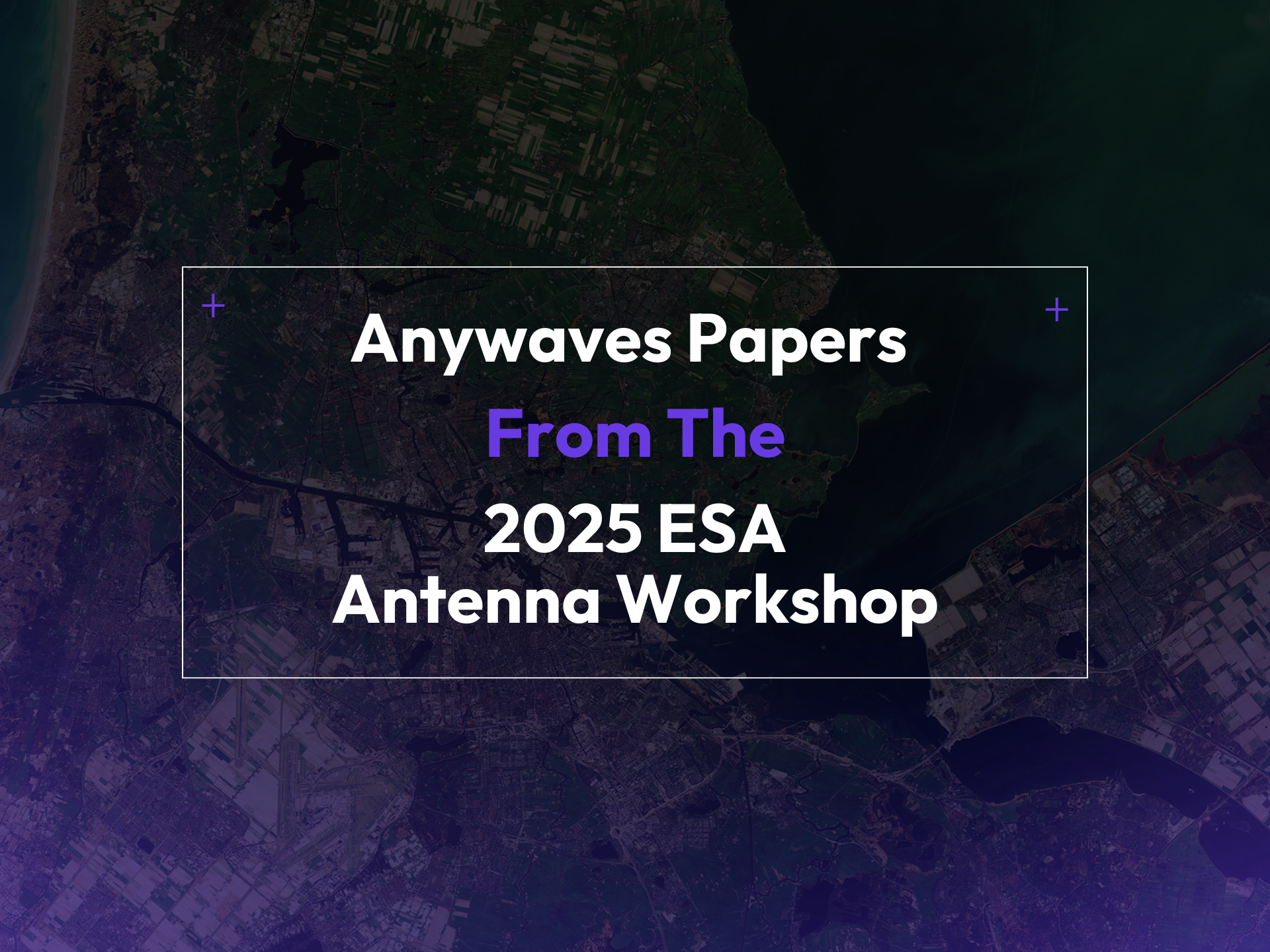
2025 ESA Antenna Workshop: Ka-Band TT&C and X-Band Active Antenna Breakthroughs
Read more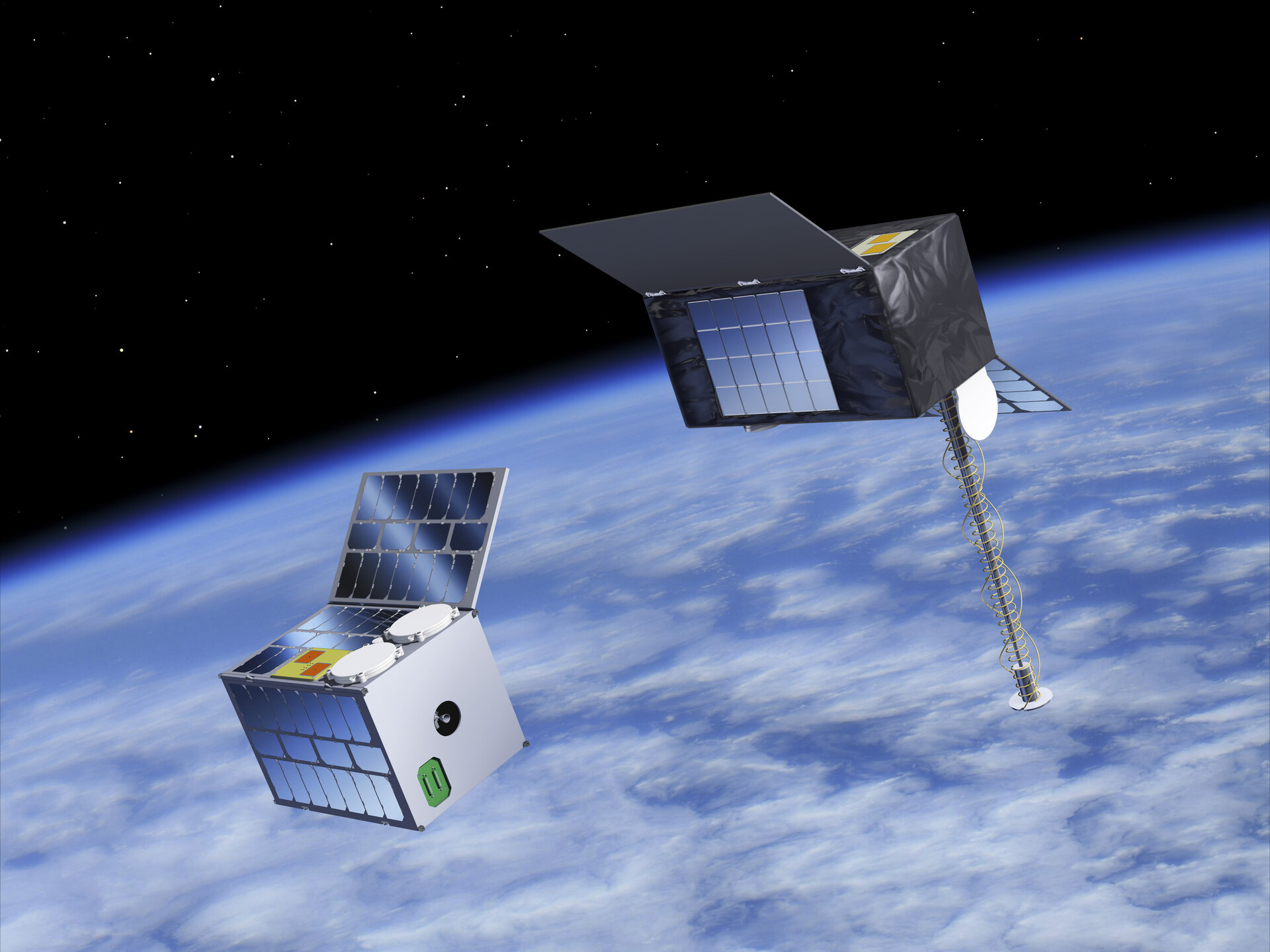
When a space systems integrator or prime contractor evaluates a radio or GNSS antenna sub-contractor, what matters most is reliability, heritage, and seamless integration into a satellite’s system. For Anywaves, contributing our GNSS antenna to Argotec’s HEO Hawk (IRIDE) mission is a milestone, not only from a technical integration viewpoint, but also from a strategic mission-level standpoint.
Argotec, an Italian space company with growing prominence, is leading the HEO (Hawk for Earth Observation) constellation under the IRIDE programme – a flagship Earth observation endeavour at the European scale.
By choosing Anywaves, Argotec trusted our GNSS solution to deliver precise orbit and attitude reference across a constellation operating in Low Earth Orbit.
This article outlines the mission’s context, the satellite platform, our antenna’s role onboard, and the next steps for IRIDE and its Pathfinder satellite.
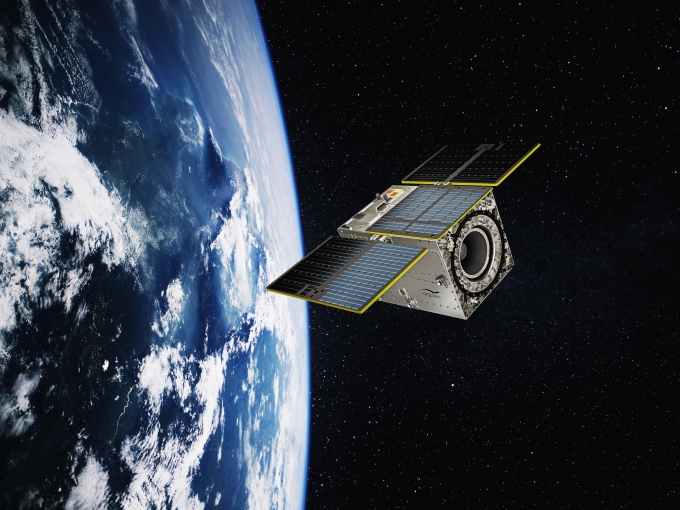
When looking at the European space landscape, IRIDE stands out as one of the most ambitious national Earth-observation initiatives of the decade. Funded by Italy’s National Recovery and Resilience Plan (PNRR) and managed jointly by the European Space Agency (ESA) and the Italian Space Agency (ASI), IRIDE is not a single mission but a system of systems: a coordinated network of constellations designed to deliver high-resolution, multi-modal data about our planet.
The IRIDE architecture integrates a broad range of sensing capabilities across different orbital regimes and payload types:
Together, these constellations form a comprehensive Earth-observation infrastructure capable of supplying real-time environmental, meteorological, and security information to public and private stakeholders.
Within this framework, Argotec is responsible for developing the HEO (Hawk for Earth Observation) microsatellite constellation. The company brings its expertise in miniaturised satellite platforms and advanced onboard computing, contributing to the segment of the IRIDE system focused on high-revisit optical imaging.
In short, IRIDE is not only a technological programme but a sovereign data infrastructure, and HEO Hawk is one of its key operational pillars.
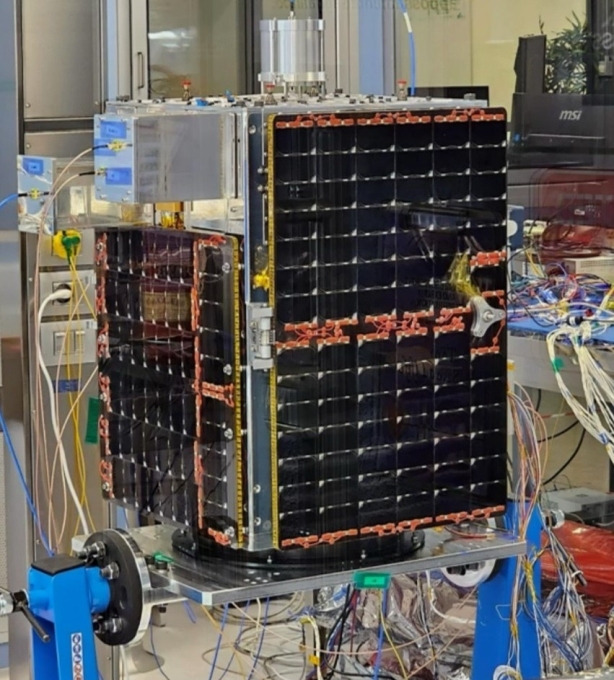
IRIDE Pathfinder Hawk satellite. Credits; Argotec
To understand where our GNSS antenna fits in, it helps to look into the satellite subsystems and the trade space.
Every subsystem is tuned to the constraints and synergies of constellation-scale deployment: size, cost, integrated avionics, and robust autonomy.
Argotec has prepared the Flight Operations Segment (FOS) to support real-time operations of HEO. The FOS establishes the baseline for commanding, health monitoring, scheduling, and data downlink for the constellation.
The synergy between on-board autonomy and ground operations is central: anomalies, reconfigurations or prioritized observations must be coordinated swiftly across the constellation, while minimizing operator load.
The first mission in the series, Pathfinder, marks the operational debut of the HEO architecture.
Launched on 14 January 2025 aboard a SpaceX Falcon 9 from Vandenberg, Pathfinder operates at ~590 km altitude, serving as a demonstrator for the full constellation.
Its objectives:
Just months later, on 23 June 2025, seven additional HEO satellites joined Pathfinder in orbit — marking a major milestone in IRIDE’s rollout.
Argotec has since been contracted to deliver up to 25 satellites, establishing a truly industrialised, constellation-scale production line at its Space Park facilities in Turin.
Pathfinder’s success in orbit not only confirms the viability of Argotec’s microsatellite design but also validates the navigation performance delivered by our antenna.
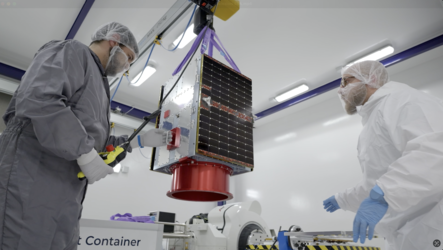
IRIDE HEO Pathfinder satellite in the cleanroom. Credits: Argotec
For a constellation like HEO Hawk, precise orbit and attitude knowledge are mission-critical. That’s where the GNSS subsystem plays a decisive role by providing the position, velocity, and timing data that underpin accurate imaging and constellation coordination.
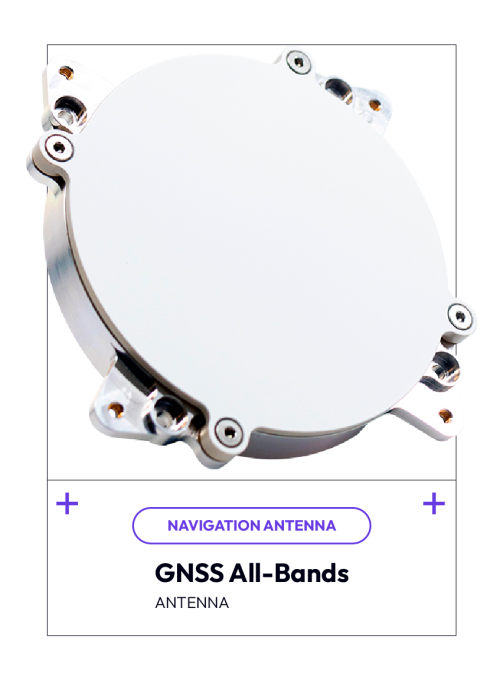 A robust, flight-proven solution
A robust, flight-proven solutionRather than a one-off development, the antenna integrated on HEO Hawk is Anywaves’ GNSS All-Bands Antenna.
Already flying on several LEO and constellation missions, it’s engineered to deliver high reliability and low integration risk.
In the HEO constellation, the GNSS antenna feeds the onboard receiver that provides real-time orbit determination and attitude reference to the spacecraft’s control system. This data is essential for:
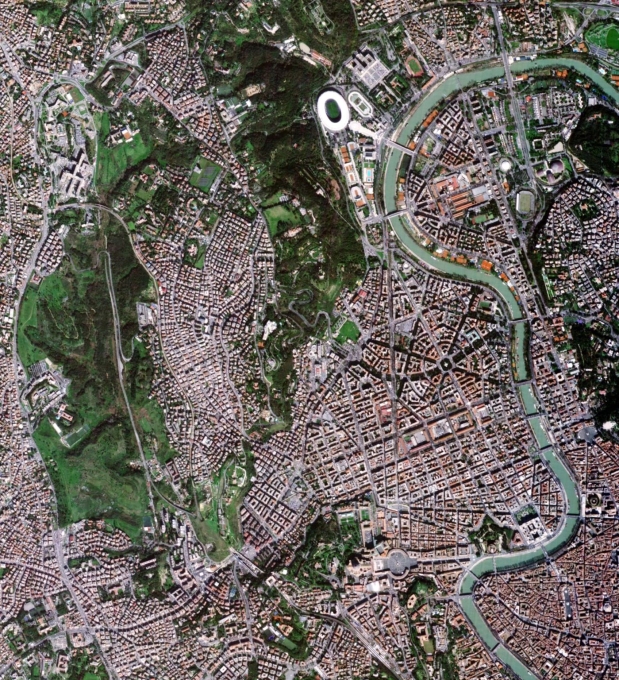
This image of Rome is the very first captured by Hawk for Earth Observation (HEO) Pathfinder, the inaugural microsatellite of the IRIDE Spazio program. Credits: Argotec
As of mid-2025, the IRIDE programme has reached key milestones:
These milestones collectively validate both Argotec’s microsatellite concept and the navigation reliability enabled by Anywaves’ antenna.
The HEO Hawk Pathfinder mission represents a major step forward in European Earth observation, blending industrial scalability, technological autonomy, and precision navigation.
For Anywaves, this mission is another demonstration of how a compact yet high-performance subsystem can enable complex constellation operations.
HEO is now entering its operational phase, with further constellation expansion to come. As the constellation grows, so will the satellite network’s power to deliver timely, actionable Earth observation data. We are proud to play a role in that future.
If you are planning a constellation mission and require a reliable, flight-proven GNSS solution, discover how Anywaves can support your next satellite design.



If you have any question, we would be happy to help you out.